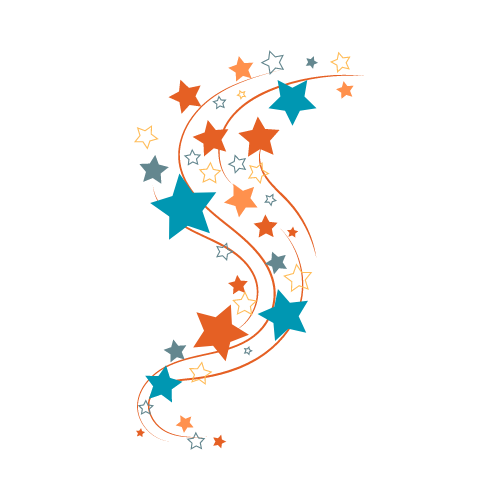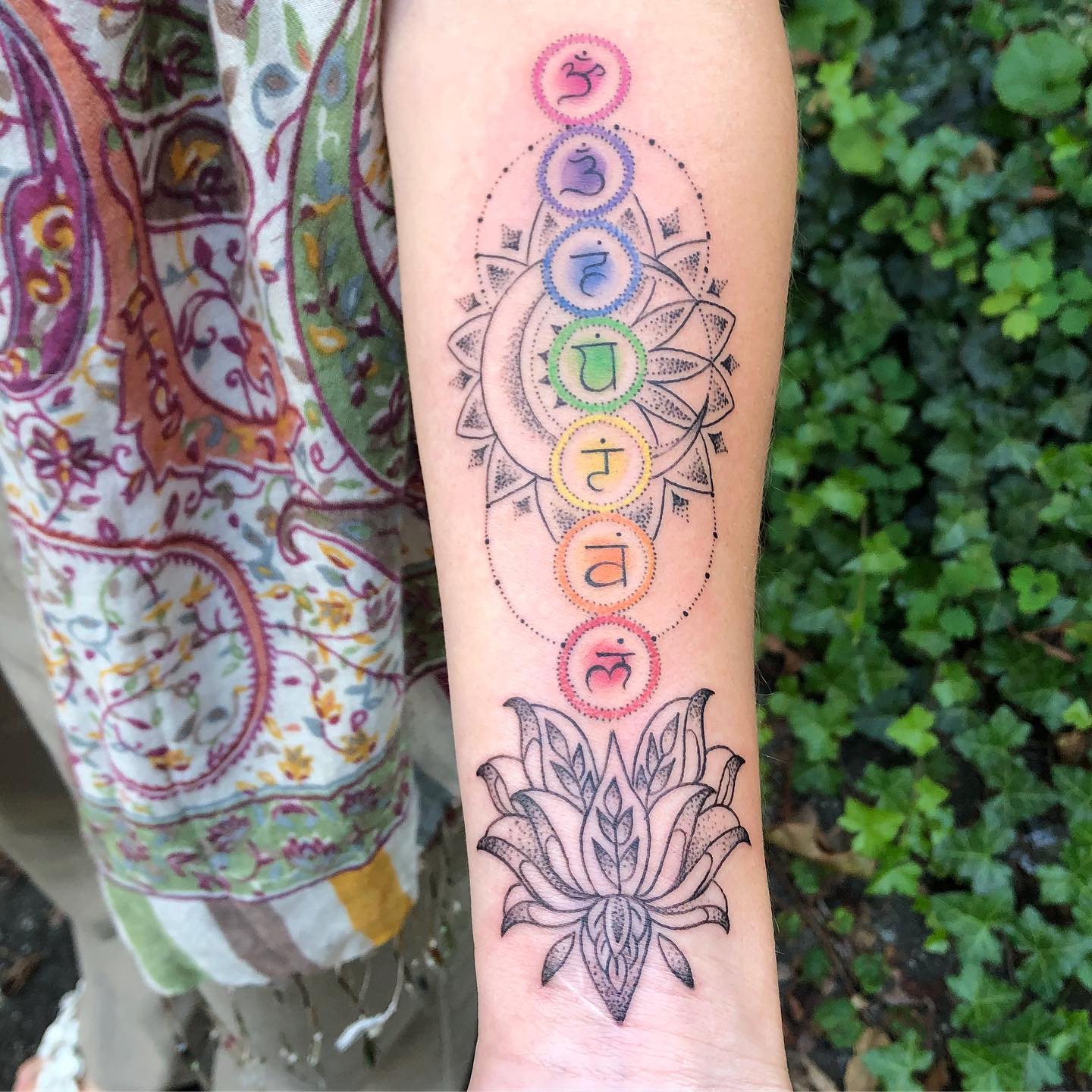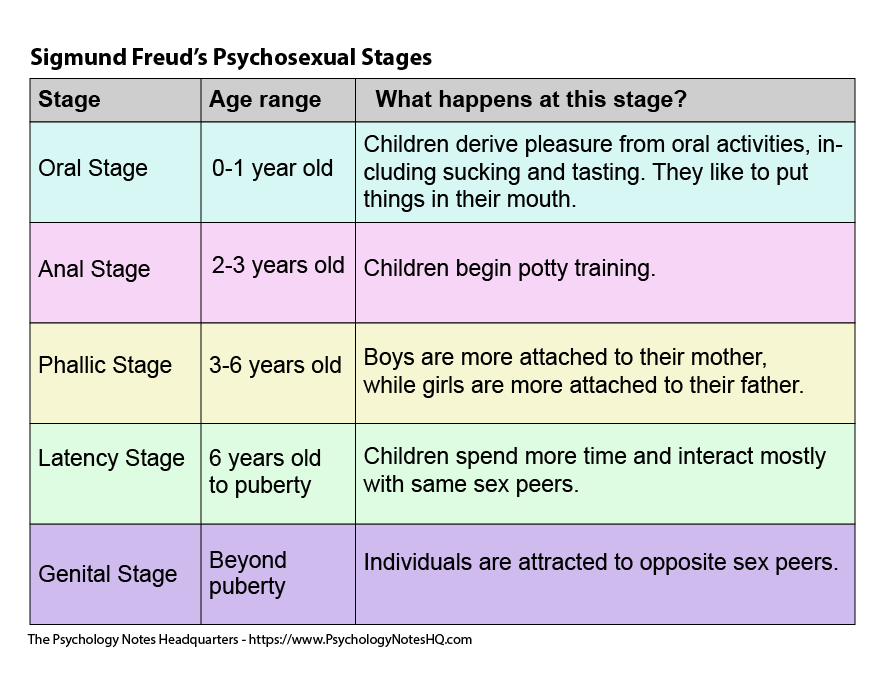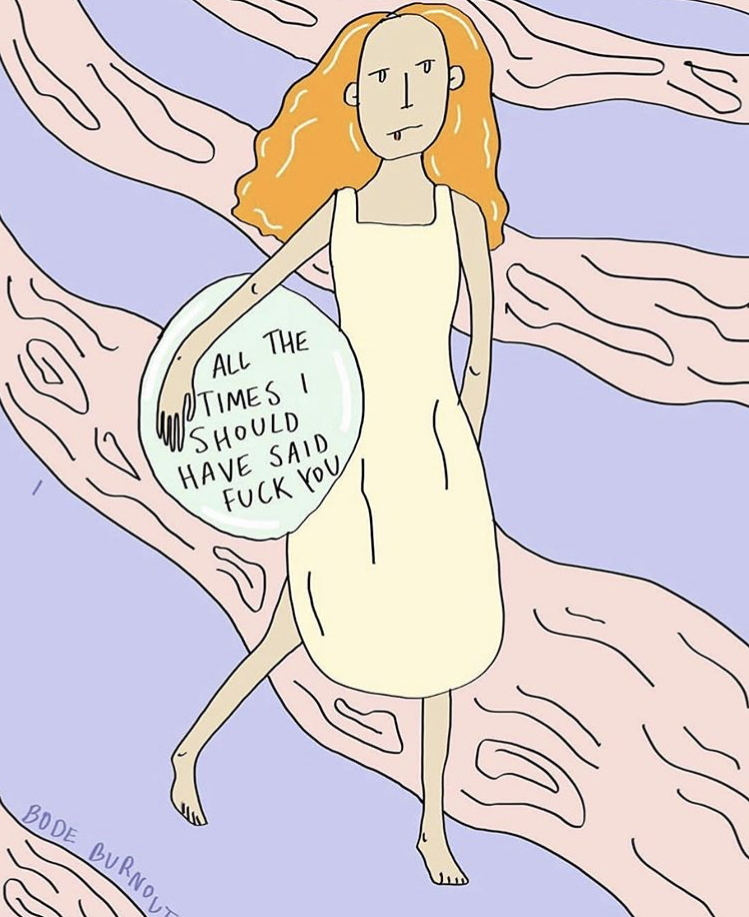Freud meets chakras
Two things intersected this week. On the same day, actually. On Friday, I had my Counseling Theories course and we discussed Sigmund Freud. Later that day, I got my ninth (!) tattoo, which celebrates and reminds of the energy flow through our chakra system. As I was lecturing, the parallels occurred to me. It seems like a great dissertation topic, honestly! (My other one is cross referencing zodiac signs with Myers-Briggs personality types, but I digress…)
You may be asking yourself - what are chakras? Or maybe you’re asking - what is Freud’s theory of development? Let’s discuss.
Chakra - the word - is a Sanskrit word that means circle or wheel. The common understanding of the chakras are energy centers throughout the body that correlate with our spine. The flow (or blockage) of energy through these centers is connected to our spiritual, emotional, and physical functioning. When the energy centers, or chakras, are open, energy flows easily and there is peace, balance, and harmony. When a center becomes blocked, distress will follow. There are seven such centers and the blockage will manifest differently for each. Starting at the very base of the spine and moving to the top of the head the chakras are as follows: root {muladhara; I am}, sacral {swadhisthana; I feel}, solar plexus {manipura; I act}, heart {anahata; I love}, throat {vishuddha; I speak}, third eye {ajna; I see}, and crown {sahasrara; I understand}. Symbolically, each is denoted by a color and a Sanskrit character.
On the other side, we have Freud, the granddaddy of psychotherapy, and the first offering of lifespan human development. His theory began with ideas around consciousness (and, more the point, the unconscious), structures of the mind (the Id, Ego, and Super ego), and ultimately, psychosexual stages of development. Beginning at birth, through adulthood, Freud explored human growth and development and hypothesized that mental health issues related back to fixation at a particular point in that development. A common example is if someone became stuck at the oral stage they may experience mouth-related addictions as an adult. Like smoking or compulsive ice chewing.
Not all Freudian psychology appeals to me, but I’ve found it impossible to dismiss all of what he put forth. I find it especially fascinating to look at these two seemingly divergent understandings of human experience side by side.
The first stage of psychosexual development is the oral stage {birth to 18 months}. At this time, the mouth is considered the primary source of pleasure. Moving from complete dependency toward self-sufficiency is a primary task of this stage. Consistent and dependable connection with primary caregivers and the ability of the infant to get her needs met are crucial in this stage. This relates to the development of the root chakra, which is the foundation of all identity, trust and security. Fixation at the oral stage may manifest in later addiction or other emotional dependencies. Blockage of the root chakra will be marked by fear and insecurity.
The second stage of psychosexual development is the anal stage (18 months to age 3), and the primary task of this stage is personal autonomy. As the child begins to gain control over elimination of his/her bladder and bowels, there is also an understanding of the ability to control other aspects of the environment. However, the child may also be subjected to shame for failing to properly execute these bodily functions. Fixation at this stage will be evident in adulthood by obsessions with cleanliness, order, and attempting to manipulate one’s environment, or emotional deregulation on the opposite end of the spectrum. The sacral chakra is the center for creativity, sexuality, and expression of those forces. A blockage in this chakra will manifest as shame and the stifling of personal expression. Also relevant to this stage is the solar plexus chakra, which holds will power and confidence. When blocked, the individual may experience feelings of helplessness and low self-esteem.
Freud considered the next state, the phallic stage (3 - 6 years) to be the most important of all the psychosexual stages. It is also the stage associated with the Oedipal/Electra complex, wherein the child begins to develop attraction to the opposite gendered parent - while secretly wishing the destruction of their same gendered parent. Deep stuff largely inspired by the Greek playwright Sophocles. Successful resolution of this conflict is reconciliation of this attraction and subsequent hatred of the parental unit. In the adult this would be evident in healthy connection and relationships. This is mirrored in the heart chakra, which is the center for love, hope, and compassion. The extent to which this chakra is open will impact the ability of the individual to connect freely and openly with others.
Freud didn’t have much to say about the latency stage (6 years until puberty) as not much seemed to be going on for him at that time beyond further development of the sense of the self and reconciliation of primal urges.
Beyond latency is what Freud called the genital stage, which lasted from the onset of puberty until, well, until the individual died. Freud kept this focus of the genital stage on peer-based sexual drives but his student and noted human development theorist, Erik Erikson, posited a series of tasks in adulthood that focus on relationships, intimate love, a sense of purpose, connection with community, and a feeling of accomplishment. The remaining chakras also align with these tasks. The throat chakra is the center of self-expression, communication, and genuineness. The third eye chakra align with an ability to trust our own instincts and have a vision for ourselves. The crown chakra is the center for wisdom and a deep understanding of all that precedes it.
Just as each Freudian stage builds upon the previous, fully realized chakra opening depends on all energy centers being healthy and balanced. Identity, autonomy, self-concept and an ability to connect healthily with others are all results of healthy resolution of the oral, anal, and phallic stages and align with openness and healthy energy flow within the root, sacral, solar plexus, heart, and throat chakras. Upper level functions through adulthood as described by Freud and Erikson - romantic love, community connections, strong peer relationships, and a trust in self and self-expression are linked with the upper chakras being open.
When thinking about areas you feel you desire change, do you recognize yourself in any of the above? How can you address blocks in energy flow or reconcile the early childhood experiences you encountered? These changes are possible once you understand the core reasons for current functioning.







